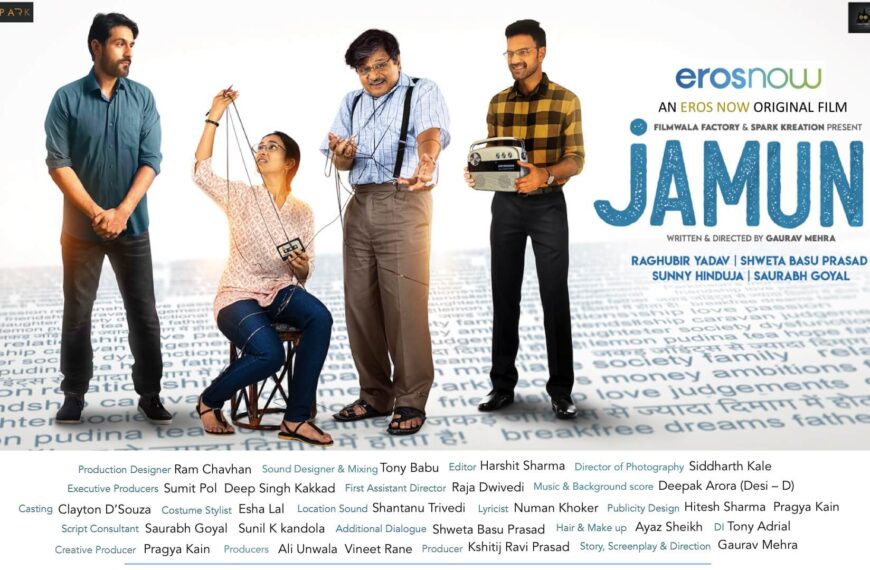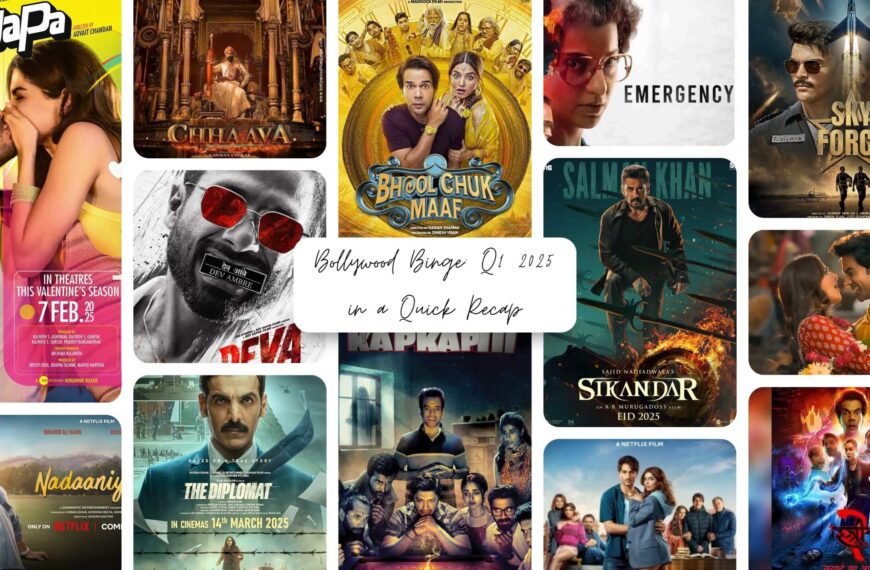Sukanya discusses India’s film industry’s future, focusing on the shift towards OTT platforms and the integration of theatrical releases and streaming dominance, exclusively for Different Truths.
India’s film industry isn’t just about blockbuster releases and star-studded events; it’s a dynamic entity that reflects the evolving tastes and behaviours of audiences both at home and abroad. As the world’s largest producer of films, India’s cinema industry has seen its fair share of challenges, particularly in the wake of the COVID-19 pandemic. It is, however, retaliating and finding new ways to thrive in a world where digital streaming platforms are taking over and where viewer preferences are shifting, much like a classic underdog tale.
Global Influence and Industry Overview
India’s influence in global cinema remains significant, with the country’s film industry valued at just under 200 billion INR in 2023. This recovery, although notable, still lags behind pre-pandemic levels, reflecting the ongoing competition with the rapidly expanding OTT (over-the-top) platforms (EY; FICCI, 2023). Despite these challenges, the industry continues to be a cultural powerhouse, contributing not only to domestic entertainment but also to global film markets.
Box Office Resurgence and Challenges
The gross box office revenues in India amounted to approximately 126 billion INR in 2023, signalling a robust recovery from the pandemic’s impact (EY; FICCI, 2023). Films like “Pathaan” and “Jawan” led the charge, drawing audiences back to theatres and proving that the big screen experience is far from dead. However, the landscape is not without its hurdles. The rise of streaming platforms has changed the way audiences consume content, with many opting to watch new releases from the comfort of their homes.
In response, the industry has doubled down on high-budget productions. Movies like “2.0” and “RRR,” with their massive production budgets, exemplify this trend. These films are not just about storytelling—they’re spectacles designed to lure viewers back into theatres, promising experiences that can’t be replicated on a TV screen or a mobile device (BoxOfficeIndia.Com, 2023).
The Shift to Streaming
While theatres are making a comeback, the influence of streaming platforms is undeniable. In 2023, OTT platforms were the preferred choice for 42% of respondents when it came to watching newly released films (YouGov, 2023). This shift is reshaping the industry, with more films being released directly on digital platforms. For instance, the Hindi movie “Bawaal,” released on Prime Video, was the most-watched direct-to-OTT film in India in 2023, with over 21 million viewers (Ormax Media, 2023).
This trend reflects a broader global shift where convenience and accessibility often outweigh the traditional theater-going experience. Yet, there’s a delicate balance as cinema halls still hold a special place, particularly for big releases that promise a communal experience, something streaming can’t quite replicate.
Regional Cinema and the Diversity of Indian Films
India’s film industry is not just Bollywood. Regional cinema, particularly in languages like Telugu and Tamil, continues to play a vital role. In 2023, Telugu cinema led with 317 film releases, followed by Tamil and Kannada films, indicating the vibrant diversity of Indian cinema (EY; FICCI, 2023). Movies like “Salaar: Part 1 – Ceasefire” and “Leo” dominated the box office, showing that regional films can compete with, and even outperform, Bollywood blockbusters.
This regional strength is part of what makes Indian cinema unique. It’s a mosaic of different languages, cultures, and storytelling traditions, all contributing to the rich tapestry of the nation’s cinematic output.
The Future: A Hybrid Approach?
Looking ahead, the future of India’s film industry may lie in a hybrid approach that blends the best of both worlds—cinematic releases and streaming platforms. Theatres will continue to be the go-to for big-budget blockbusters, while smaller, more niche films may find their audience on OTT platforms. This dual approach allows the industry to cater to the evolving tastes of its audience while maximizing revenue across different platforms.
India’s film industry is more than just an economic force; it’s a reflection of the country’s evolving identity. It’s about how stories are told, how they’re consumed, and how they connect people across different regions and cultures. In a world where change is the only constant, the industry’s ability to adapt and innovate will determine its future success.
Picture design by Anumita Roy






 By
By
 By
By

Informative and clear: thank you!